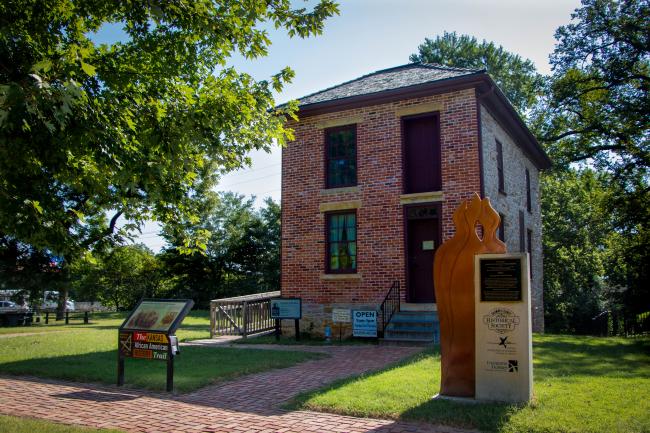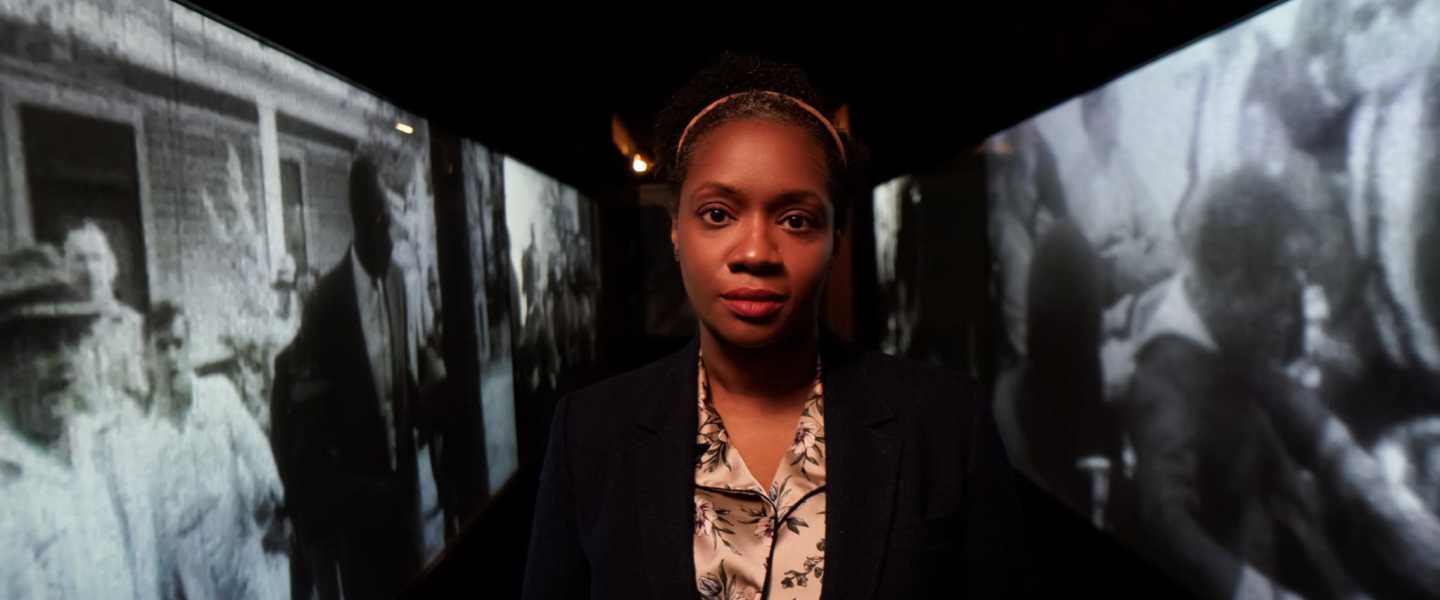Brown v Board of Education National Historical Park
The moment separate was no longer equal.

The story of Brown v. Board of Education — the landmark supreme court case that ended legal segregation in public schools — is one of hope and resounding resolve, and it started right here in Topeka, Kansas. When Oliver Brown and fellow Topeka parents agreed to be plaintiffs in the case, they didn’t know they would change history. You can learn about the historic Brown v. Board case and the events leading up to it at Topeka’s Brown v. Board of Education National Historical Park, 1515 S.E. Monroe St. There you’ll also gain an understanding of and appreciation for the role this 1954 decision played in the broader U.S. Civil Rights Movement.

Whether you spend 30 minutes or several hours at the site, be sure to take advantage of all it has to offer. Independently tour the galleries. Explore one of the temporary exhibits. Embark on a tour of the historic Monroe School building, where the museum is housed. Or visit the colorful, detailed Brown v. Board mural located just across the street. This historic site is operated by the National Park Service and is open Tuesday through Saturday. Admission is free.
The Brown V. Board Mural is located across the street from the Brown V. Board National Historical Park and depicts the fight for equality and freedom. The mural was painted by volunteers and the Topeka community and features activists like Martin Luther King.

CLICK HERE for information on
The Brown v Board of Education 70th Anniversary
May 17, 2024

In 2021, the Brown v. Board of Education National Historical Park was added to the U.S. Civil Rights Trail. The U.S. Civil Rights Trail highlights more than 100 locations across 15 states, mainly in the South and Midwest. The trail traces the decades-long journey — beginning in the mid-20th century — that resulted in tragedy and triumph and culminated in landmark federal civil rights legislation.
Kansas’ capital city has repeatedly found itself at the crossroads to freedom, and other local sites represent this history of struggle for equality and justice:
- After visiting the Brown v. Board site, be sure to check out the Historic Ritchie House, 1116 S.E. Madison St. The Ritchie House — built by abolitionists John and Mary Jane Ritchie — was a stop along the Underground Railroad and is considered to be Topeka’s oldest home.
- Explore the Mamie Williams House, 1503 S.E. Quincy St., which was home to the acclaimed Topeka educator. Williams served Topeka Public Schools for 30 years, including as principal of Monroe School. She was appointed to the Kansas Commission on the Status of Women in 1965 and was a delegate to the 1971 White House Conference on Aging.
- Also visit Constitution Hall, 429 S. Kansas Ave., which is undergoing a phased restoration. Listed on the National Register of Historic Places for its historical significance, Constitution Hall is where delegates from across the Kansas territory met in 1855 to ban slavery in what would become the state’s first constitution. This was a groundbreaking move at the time and a reflection of the then-contentious debate over slavery, which roiled a budding nation. In its nomination for National Register status, Constitution Hall was described as “significant in the national context of abolition, in the areas of politics and government, transportation, and Black ethnic heritage of the Underground Railroad.”











